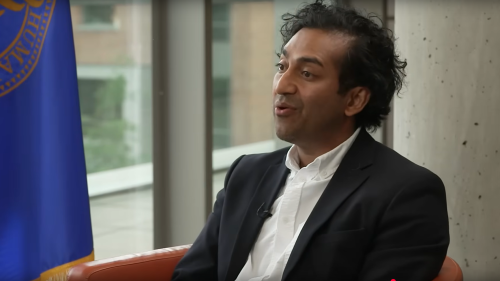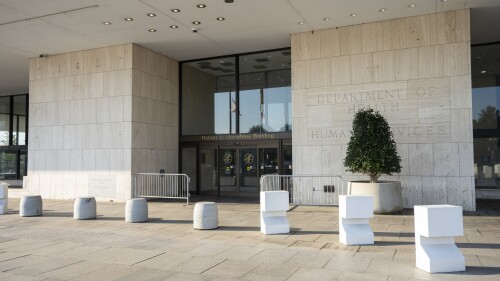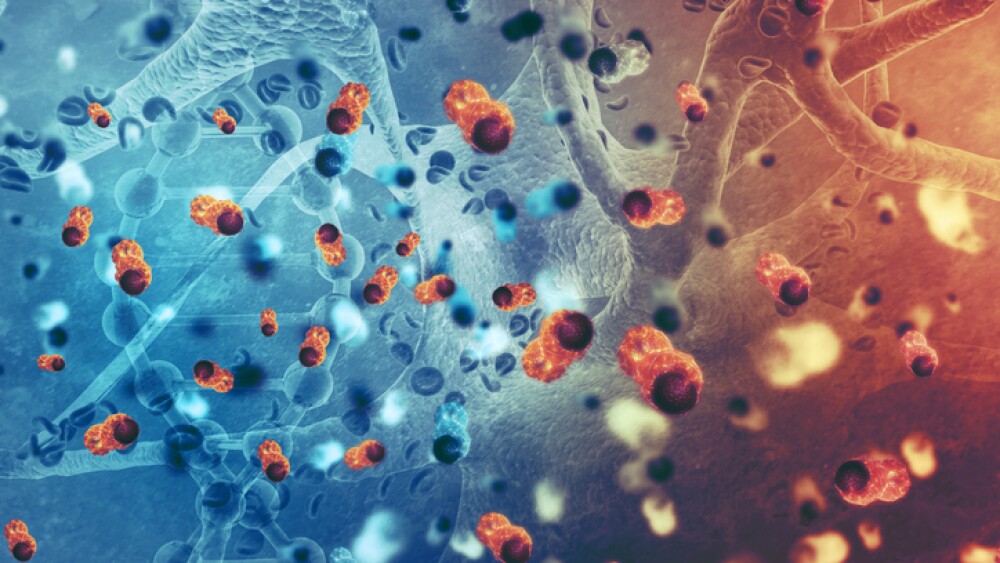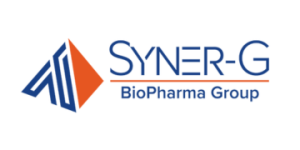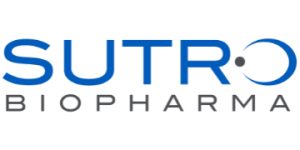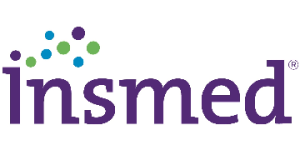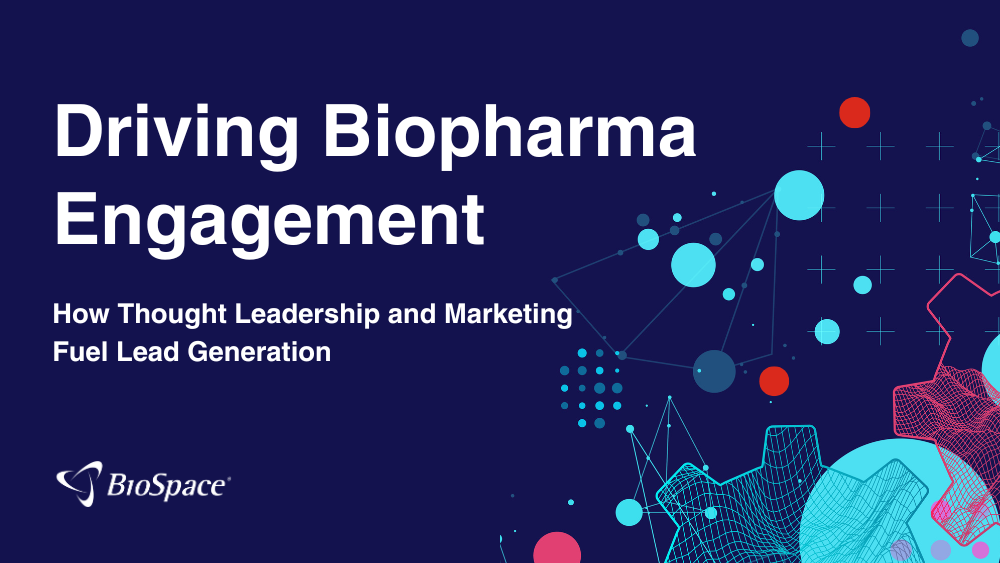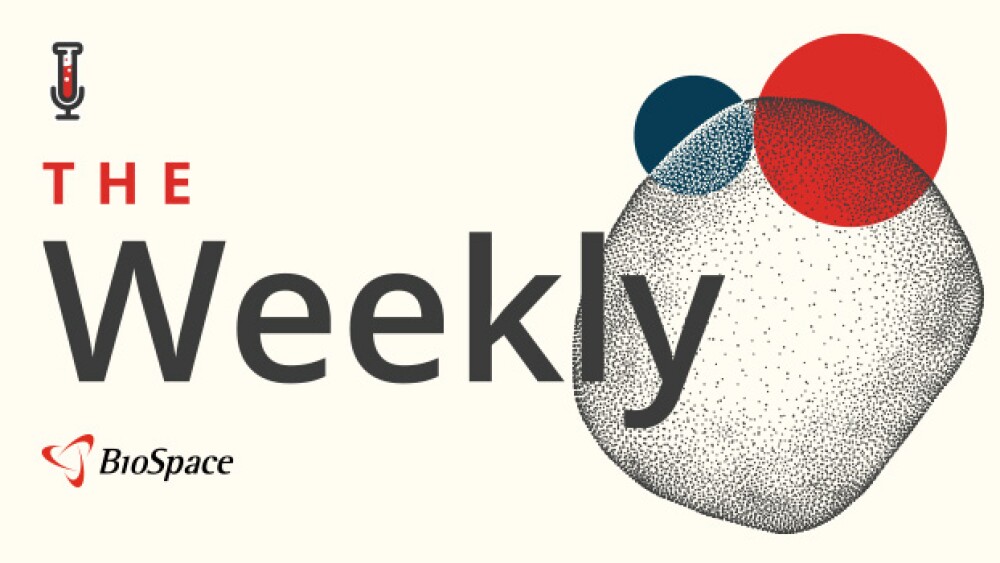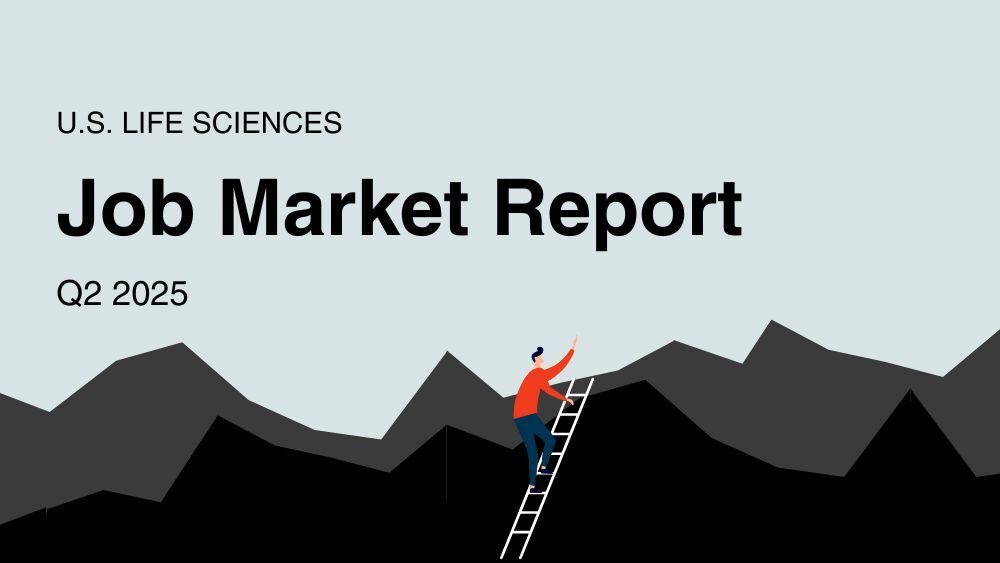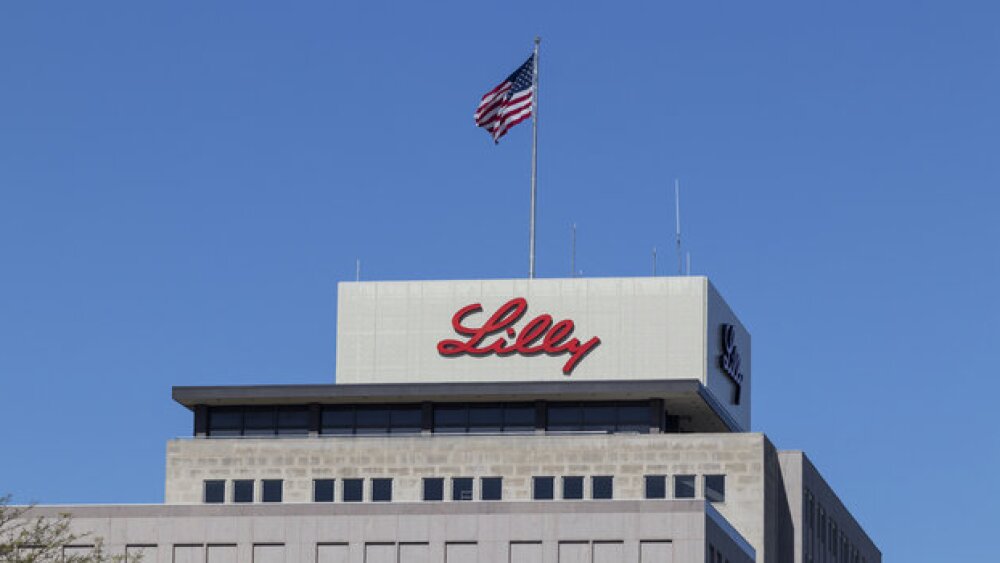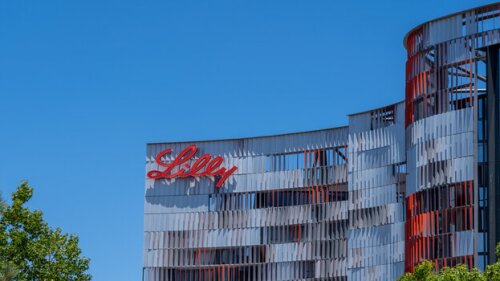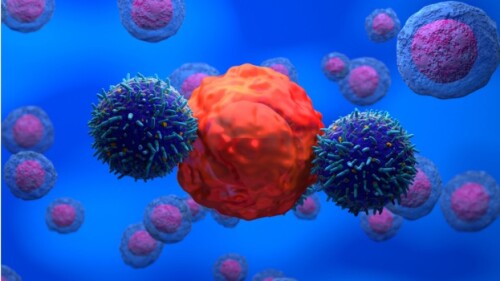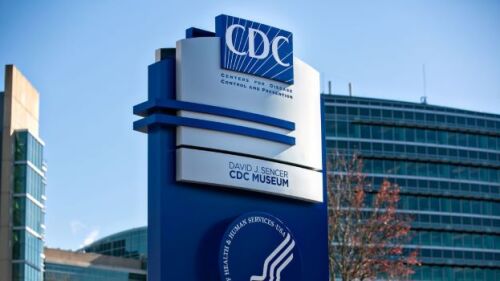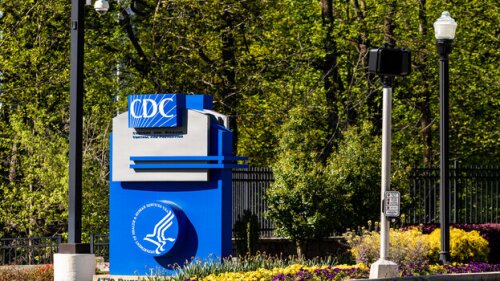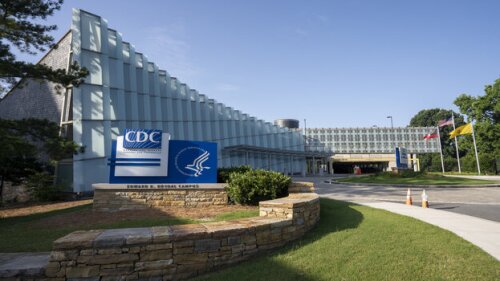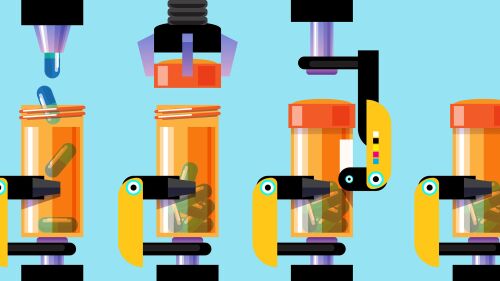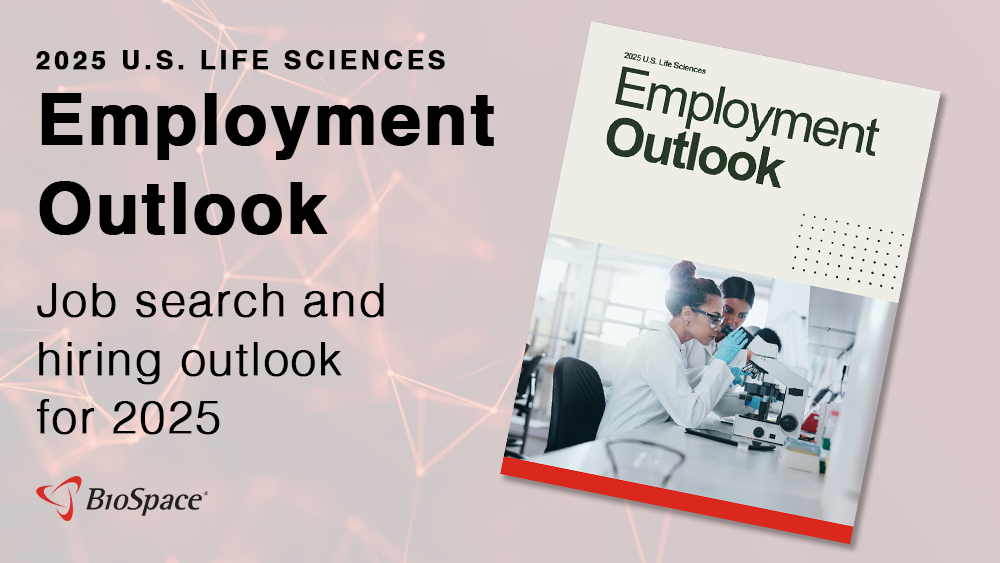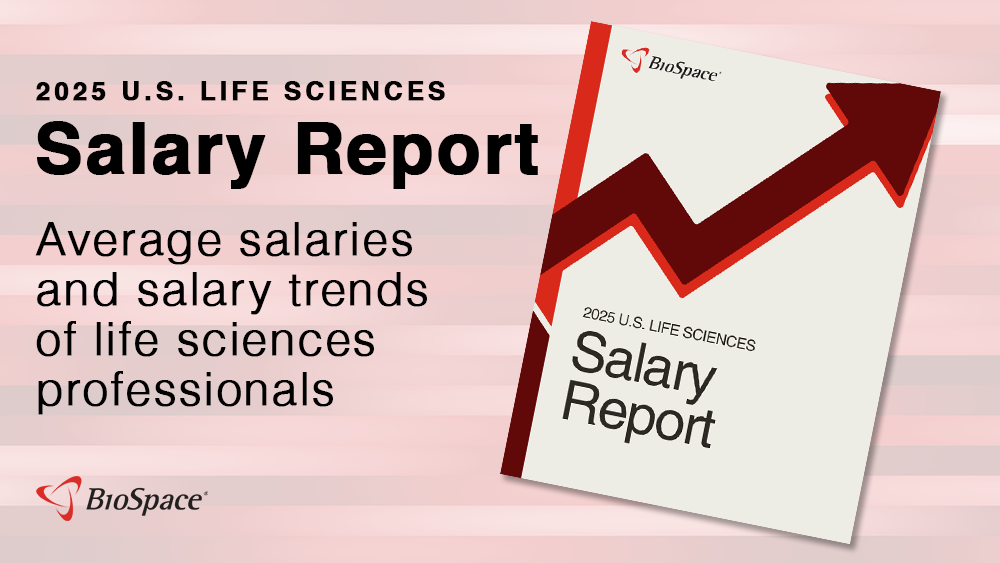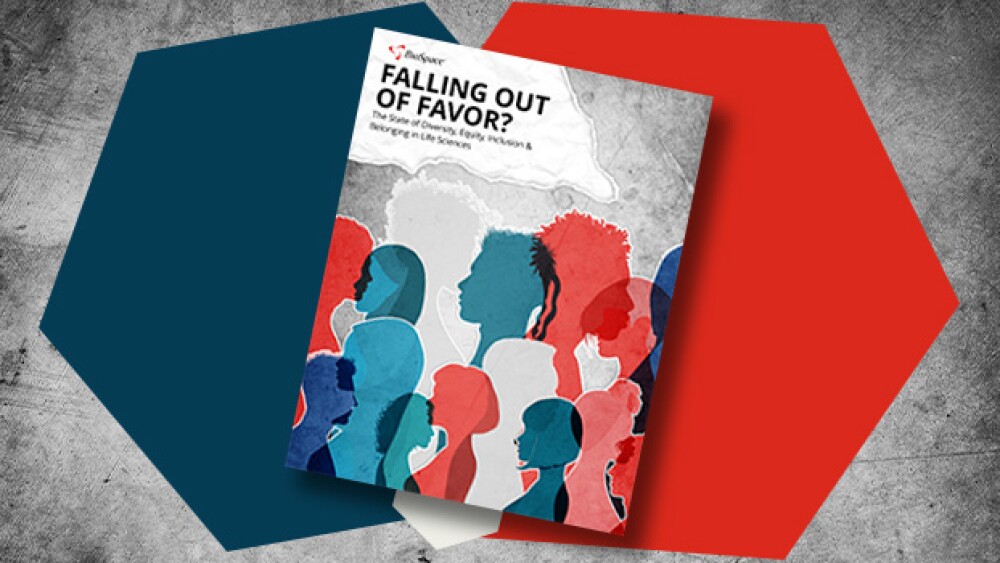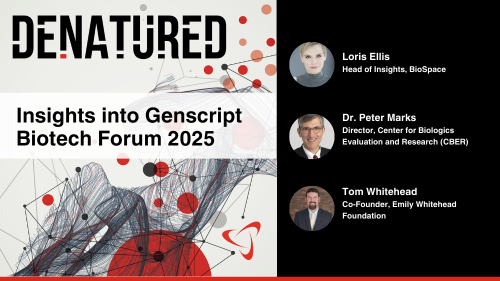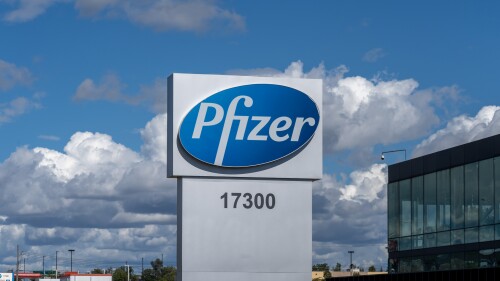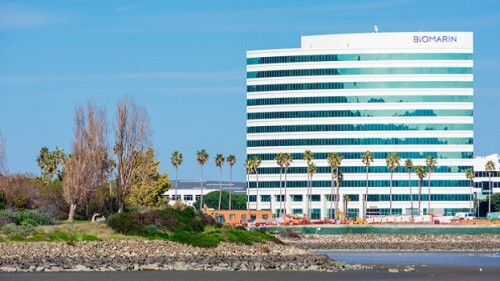In advance of this week’s adcomm, the FDA flags ocular toxicities associated with the antibody-drug conjugate, which received accelerated approval in August 2020 but was pulled from the market two years later after a confirmatory trial failed to improve progression-free survival.
Shanghai-based LaNova Medicines—which has captured the attention of some of the biggest Western pharmas—will be folded into fellow Chinese company Sino Biopharmaceutical in a deal worth up to $951 million.
In a July 9 memo, the director of the FDA’s Center for Biologics Evaluation and Research contended there was not enough evidence that the benefits of Moderna’s COVID-19 vaccine Spikevax outweighed its risks in healthy children.
Around 3,500 FDA employees received termination emails; FDA Commissioner Marty Makary suggests lowering industry user fees and tying review times to drug prices; the regulator opens its trove of complete response letters in the name of transparency; and two companies receive rejections for rare disease therapies.
In this bonus episode, BioSpace’s Vice President of Marketing Chantal Dresner and Careers Editor Angela Gabriel take a look at Q2 job market performance, layoffs and wider employment trends and policies impacting the biopharma workforce.
Thousands of employees across HHS were terminated Monday evening after the U.S. Supreme Court ruled last week that the Trump administration could move forward with its sweeping reorganization of the agency.
FEATURED STORIES
At J.P. Morgan, most biopharma executives expressed a neutral stance on the incoming administration, but just days later, President Trump issued multiple executive orders that concern the industry.
Five years ago, Gilead signed a massive deal with Galapagos. After a restructuring, the pharma is still hunting for the potential it saw at the original signing.
Even before the FDA’s recent approval of Dato-DXd in breast cancer, analysts predicted sales of the antibody-drug conjugate could hit $5.9 billion in 2030. However, the asset faced a series of setbacks in 2024.
As the year gets underway, analysts and biotech executives highlight cell therapy’s pivot from oncology to autoimmune diseases, a continued appetite for next-generation obesity drugs and an increased focus on neuromuscular, kidney and cardiovascular diseases.
Traditionally carrying a dire prognosis, the treatment paradigm for multiple myeloma is changing, with CAR T therapies, bispecifics and more contributing to multifaceted regimens unique to each patient’s needs.
There are currently no treatments available for celiac disease beyond a gluten-free diet. Several late-phase companies aim to change the paradigm and deliver hope and progress soon.
FROM BIOSPACE INSIGHTS
Establishing trust through thought leadership is no longer optional in today’s cautious biopharma market. Learn how strategic insights and targeted outreach can turn awareness into high-converting leads.
LATEST PODCASTS
In this second episode of our collaboration with DIA, we discuss the challenging, collaborative process of regulating advanced therapy product development with guests James Wabby, AbbVie and Rob Schulz, Suttons Creek, Inc.
AstraZeneca targets $80 billion in revenue by 2030, layoffs at Bayer, BMS and Pfizer continue to generate attention across the biopharma industry, Takeda takes a deep dive into the molecular glue space and conference season is in full swing.
BioSpace’s Lori Ellis discusses the risks and challenges of cell and gene therapy combination products with DIA speakers James Wabby, AbbVie and Rob Schulz, Suttons Creek, Inc.
Job Trends
AltruBio Inc., a clinical stage biotechnology company dedicated to the development of novel therapeutics for the treatment of immunological diseases with high unmet medical needs, announced an oversubscribed Series B financing of up to $225 million.
Subscribe to Genepool
Subscribe to BioSpace’s flagship publication including top headlines, special editions and life sciences’ most important breaking news
SPECIAL EDITIONS
BioSpace did a deep dive into biopharma female executives who navigated difficult markets to lead their companies to high-value exits.
BioSpace data show biopharma professionals faced increased competition for fewer employment opportunities during the second quarter of 2025, with increased pressure from further layoffs.
BioSpace did a deep dive into executive pay, examining the highest compensation packages, pay ratios and golden parachutes—what a CEO would get paid to leave.
DEALS
-
Eli Lilly on Monday announced a $3.2 billion all-cash deal to purchase Morphic and its pipeline of oral integrin therapies in a move to expand the pharma’s presence in the autoimmune diseases space.
-
GSK on Wednesday restructured its contract with CureVac to gain access to the biotech’s influenza and COVID-19 programs for $430 million upfront and up to $1.13 billion in future payments.
-
Eli Lilly is expanding its radiopharmaceutical portfolio with a $140 million upfront payment to Radionetics Oncology and the exclusive future right to acquire the biotech for $1 billion.
-
Samsung Biologics announced Tuesday it has signed its largest contract ever—a $1.06 billion manufacturing deal with an unnamed pharmaceutical company headquartered in the U.S.
-
Cartesian Therapeutics’ mRNA CAR-T therapy met its primary endpoint in a mid-stage trial for the chronic autoimmune disorder and expects to raise $130 million via private placement equity financing.
WEIGHT LOSS
-
This week marked the start of the third-quarter earnings season, with Johnson & Johnson exceeding Wall Street’s expectations. Pfizer is projected to have a strong quarter, while Eli Lilly could pull ahead of Novo Nordisk in the obesity space. Moderna, by contrast, has a decidedly negative outlook.
-
Pressure has been mounting for the Federal Trade Commission to take action, with Senator Elizabeth Warren last week urging FTC Chair Lina Khan to block the merger if it violates antitrust laws.
-
While the regulator conducts another review into the supply of Eli Lilly’s tirzepatide, compounders will be able to continue selling their own remixed versions of the blockbuster drug.
-
Senator Elizabeth Warren told the Federal Trade Commission that the acquisition of contract manufacturer Catalent could increase Novo’s dominance over the hot GLP-1 market, reducing competition and increasing prices.
-
Cell and gene therapy investment rebounds; WuXi Biologics and other companies named in BIOSECURE Act mull options; Bayer, J&J and Pfizer’s recent layoffs; updates from the weight loss space.
POLICY
-
President Donald Trump’s tariffs on pharmaceuticals “to come at some point,” per CNBC, as companies promise to build infrastructure in the U.S.
-
If confirmed, Susan Monarez will have her work cut out for her, facing a measles outbreak that has already killed two people—the first measles-related deaths in the U.S. since 2015.
-
After withdrawing its nomination for Dave Weldon last week, the Trump administration is now reportedly considering Texas Republican Michael Burgess to head the Centers for Disease Control and Prevention.
-
A group of medical experts expressed concern about growing “disinformation” and “misinformation,” calling for adherence to recommended vaccine schedules.
-
Democratic senators from Georgia, Oregon, Maryland and New Mexico called the Trump administration’s decision to terminate hundreds of CDC staffers reckless and unfair.
The use of body language during interview can ensure a good impression. Kinesics includes the use of posture, facial expression, movement, and gestures to communicate nonverbally.
With more and more people applying for remote positions, how can you stand out among the massive stacks of applications?
Working from home can cause burnout and stress. The stress caused leads to low performance sometimes. Here are nine ways to prevent work from home burnout.
It’s no secret that employers ask tricky interview questions. But what do you do if you find yourself fumbling for words to answer these tricky questions?
Following up after an interview can be essential to help you gain peace of mind and reinforce your interest. Here’s how to improve follow up after interview.
Instead of letting LinkedIn slide to the bottom of your to-do list day after day, dedicate some time to it. Here’s what you need to add to your LinkedIn post.
HOTBEDS
REPORTS
In this Employment Outlook report, BioSpace explores current workforce sentiment, job activity trends and the prospective job and hiring outlook for 2025, particularly as it compares to the previous year.
BioSpace’s third report on diversity, equity, inclusion and belonging in life sciences examines dramatic shifts in attitude around diversity initiatives.
CANCER
-
An FDA committee’s September 2024 vote to limit the use of Merck’s Keytruda and BMS’ Opdivo in stomach and esophageal cancers based on PD-L1 expression levels reflects an emerging trend that leverages ever-maturing datasets.
-
In this short teaser, BioSpace’s Head of Insights Lori Ellis talks to CBER Director Peter Marks and Tom Whitehead, Co-Founder of the Emily Whitehead Foundation about anticipated discussions at the upcoming GenScript Biotech Forum.
-
Staff cuts will leave IGM Biosciences with 37 employees. The company is also halting development of two bispecific antibody T cell engagers for autoimmune diseases.
-
If approved, Pfizer’s sasanlimab will distinguish itself from Merck’s blockbuster Keytruda as the first PD-1 inhibitor indicated in combination with BCG for high-risk non-muscle invasive bladder cancer patients who had not previously undergone BCG treatment.
-
On Thursday, Boehringer Ingelheim announced a partnership with Synaffix to advance antibody-drug conjugates and exercised its fourth license option under a 2013 collaboration with Oxford BioTherapeutics.
NEUROSCIENCE
-
Analysts did not seem very concerned by the treatment-related serious adverse event, noting that NGN-401 was well-tolerated at a lower dose and showed promising efficacy outcomes.
-
The shocking failure of AbbVie’s emraclidine has investors questioning the Big Pharma’s long-term neuroscience strategy, which put the drug at the center of expectations.
-
A fatal, highly hereditary illness with no disease-modifying treatments, Huntington’s is long overdue for a therapeutic win. Here, BioSpace looks at five candidates that could change the trajectory for patients.
-
With Eisai and Biogen’s Leqembi and Eli Lilly’s Kisunla launching onto the market, the 2024 Clinical Trials of Alzheimer’s Disease conference focused on the role these drugs might play, as well as combination therapies and innovative new treatment options.
-
The past four years have brought disappointment for the Huntington’s community, but optimism is growing as companies including Prilenia and Wave Life Sciences eye paths to approval of therapies that could address the underlying cause of the disease.
CELL AND GENE THERAPY
-
The intellectual property landscape for newer gene-editing technologies, like that for CRISPR-Cas9, remains unclear and hard to navigate.
-
With promising early results, cell and gene therapies are making headway against both rare and common ocular and auditory diseases.
-
With gene therapies by REGENXBIO and AbbVie, Adverum and others in mid- or late-stage trials, this therapeutic class could soon be an option for this common cause of blindness in the elderly.
-
Quotient Therapeutics’ platform targets somatic mutations, which the startup contends can help identify a broader scope of genes potentially associated with disease phenotypes. Wednesday’s agreement is part of an existing partnership between Pfizer and Flagship Pioneering.
-
As the biotech implements a more focused strategy for its Roctavian hemophilia A gene therapy, BioMarin has recruited two seasoned pharma executives to bolster its C-suite.






